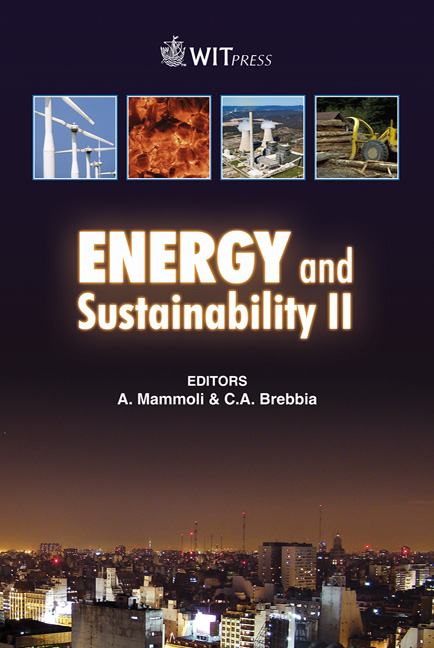The Promotion Of Energy Efficiency Of The Building Envelope In The Rehabilitation Process. Case Study: A Minor Centre In Abruzzo
Price
Free (open access)
Transaction
Volume
121
Pages
12
Published
2009
Size
3145 kb
Paper DOI
10.2495/ESUS090391
Copyright
WIT Press
Author(s)
P. De Berardinis & M. Rotilio
Abstract
Any life forms organized on earth have always set up a biunique relationship with the surrounding environment, and even if they have changed slowly their habits to adapt themselves to the surrounding context, on the other side they have changed the environment to make it more suitable to their needs. Today most of the building heritage of the historical centres does not meet the users' needs, in terms of functionality and efficiency, and is mostly in a state of physical decay. So we can understand the need to promote a rehabilitation process of the historical buildings that must take into account the present topics of sustainability.It is not easy to promote the concept of energy efficiency in the design of the building envelope because, besides the energetic, technical and plant engineering aspect, we need to consider the cultural problems arising when the architectural and environmental values do not allow any invasive actions. Therefore, the introduction of sustainability into the building design of the historical envelope is more complex, as the process of compatibility involves the interaction between the environmental context, the local resources, the building techniques of the past but also the innovative ones. For this reason, on one side we found the recovery of the principles of the past and on the other one the introduction of project solutions that are technologically advanced and compatible at the same time.
Keywords
energy efficiency, building envelope, compatibility, values,





